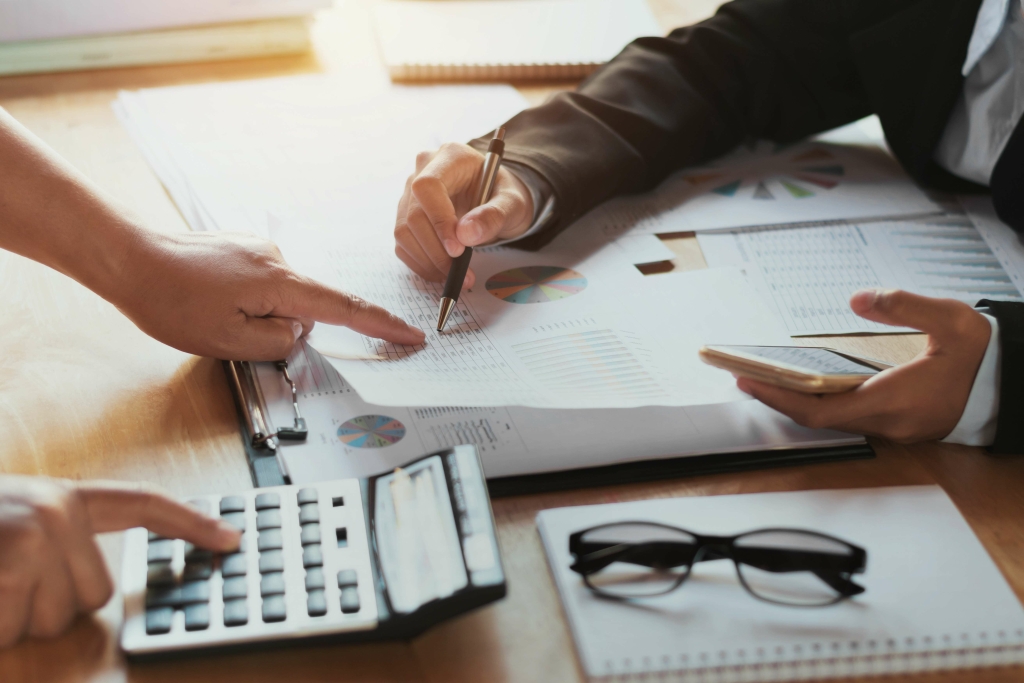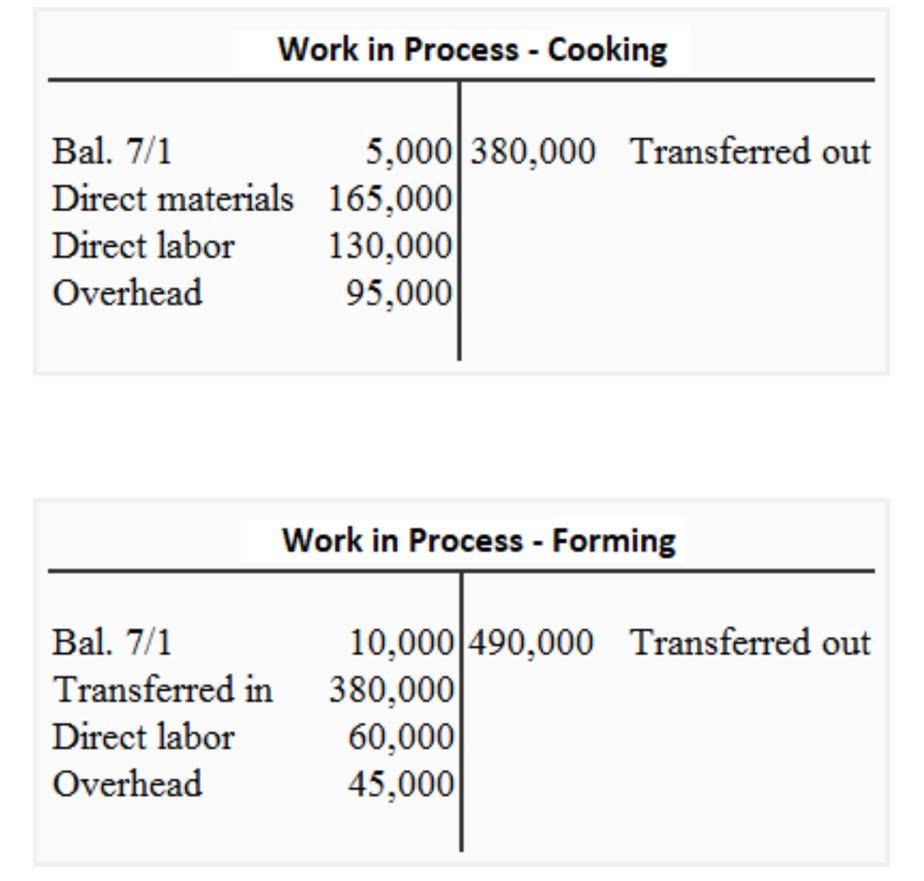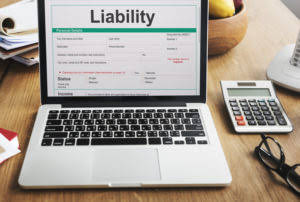Bookkeeping
How to Calculate After Tax Salvage Value

Company A purchases a machine for $100,000 with an estimated salvage value of $20,000 and a useful life of 5 years. The fraud was perpetrated in an attempt to meet predetermined earnings targets. In 1998, the company restated its earnings by $1.7 billion – the largest restatement in history. Recognizing their differences sharpens financial insights and promotes astute asset management.
Estimate The Useful Life
From time to time, I will invite other voices to weigh in on important issues in EdTech. We hope to provide a well-rounded, multi-faceted look at the past, present, the future of EdTech in the US and internationally. It is the anticipated value of the asset, considering elements such as depreciation, age-related deterioration, and becoming outdated. Salvage value https://www.bookstime.com/ is the projected worth of an asset when it has completed its useful cycle or is no longer being utilized. While Salvage Value forecasts an asset’s worth at the twilight of its functional life, other values like Market and Residual give context to its worth in varying scenarios. Now, let us dive into our second commonly used method to calculate this concept.
How to Calculate Net Capital Spending (NCS)
- If capital spending – i.e. the change in the net fixed asset balance across a period – is equal to the depreciation expense, then the net capital spending is zero.
- A lease buyout is an option that is contained in some lease agreements that give you the option to buy your leased vehicle at the end of your lease.
- In other words, the best place to find an asset’s market value is where similar goods are sold, or where you can get the best price for it.
- When businesses buy fixed assets — machinery, cars, or other equipment that lasts more than one year — you need to consider its salvage value, also called its residual value.
- The useful life assumption estimates the number of years an asset is expected to remain productive and generate revenue.
- Take a look at similarly equipped 2015 Hyundai Elantras on the market and average the selling prices.
After three years of use, the machine is accidentally damaged beyond repair, and the business decides to sell it for its salvage value. In summary, understanding salvage value helps businesses make informed decisions about investments, replacement cycles, and financial planning. Whether you’re a business owner, accountant, or financial analyst, considering salvage value ensures prudent resource allocation and effective capital management. Remember that while formulas and methods provide a framework, real-world judgment and context play a vital role in determining salvage value for specific assets. Accountants use several methods to depreciate assets, including the straight-line basis, declining balance method, and units of production method. Each method uses a different calculation to assign a dollar value to an asset’s depreciation during an accounting year.
- However, if a company is sold rather than liquidated, both the liquidation value and intangible assets determine the company’s going-concern value.
- In the case of capital losses, they can often offset other capital gains or be carried forward to offset future gains.
- To calculate yearly amortization for accounting purposes, the owner needs the software’s residual value, or what it is worth at the end of the five years.
- By reducing the salvage value, a company can reduce its tax liability and keep more of the proceeds from the sale of the asset.
What is a Good Net Capital Spending?

Salvage value is an asset’s estimated worth when it’s no longer of use to your business. Say your carnival business owns an industrial cotton candy machine that costs you $1,000 new. Some methods make the item lose more value at the start (accelerated methods), like declining balance, double-declining balance, and sum-of-the-years-digits.
If the company estimates that the entire fleet would be worthless at the end of its useful life, the salve value would be $0, and the company would depreciate the full $250,000. Companies can also use comparable data with existing assets they owned, especially if these assets are normally used during the course of business. For example, consider a delivery company that frequently turns over its delivery trucks. That company may have the best sense of data based on their prior use of trucks.
As is clear from the definition, the value of equipment or machinery after its useful life is termed the salvage value. Simply put, when we deduct the depreciation of the machinery from its original cost, we get after tax salvage value formula the salvage value. You might have designed the asset to have no value at the end of its useful life. Perhaps you hyper-customized a machine to the point where nobody would want it once you’re through with it.
- It equals total depreciation ($45,000) divided by useful life (15 years), or $3,000 per year.
- It helps institutions determine the gradual decrease in value over time and appropriately allocate the asset’s cost.
- And the depreciation rate on which they will depreciate the asset would be 20%.
- There’s also something called residual value, which is quite similar but can mean different things.
- Thus, we’ll enter our assumptions into the net capital spending formula to arrive at $8 million for the fiscal year ending 2022.
- This differs from book value, which is the value written on a company’s papers, considering how much it’s been used up.
- The value depends on how long the company expects to use the asset and how hard the asset is used.

The carrying value of the asset is then reduced by depreciation each year during the useful life assumption. Let’s take an example to understand the calculation of Salvage Value formula in a better manner. Thus, we’ll enter our assumptions into the net capital spending formula to arrive at $8 million for the fiscal year ending 2022. Companies with higher growth than their industry peers tend to have higher net capital spending than those with lower growth.
Original Price of Asset:
It is calculated by subtracting accumulated depreciation from the asset’s original cost. To calculate the annual depreciation expense, the depreciable cost (i.e. the asset’s purchase price minus the residual value assumption) is divided by the useful life assumption. Residual value formulas differ across industries, but its general meaning—what remains—is constant. In capital budgeting projects, residual values reflect how much you can sell an asset for after the firm has finished using it or once the asset-generated cash flows can no longer be accurately predicted. For investments, the residual value is calculated as the difference between profits and the cost of capital.
This implies that selling the machine at this point would result in a loss for the business, even taking into account the tax savings from claiming a loss. This suggests that the business may be better off continuing to use the machine for the remaining two years of its useful life and then selling it for its salvage value. Alternatively, the business could explore other options, such as repairing the machine, leasing it to another business, or selling it for scrap. In conclusion, understanding the tax implications of after tax salvage value is important for businesses looking to sell their assets.
A lease buyout is an option that is contained in some lease agreements that give you the option to buy your leased vehicle at the end of your lease. The price you will pay for a lease buyout will be based on the residual value of the car. If you decide to buy your leased car, the price is the residual value plus any fees.
